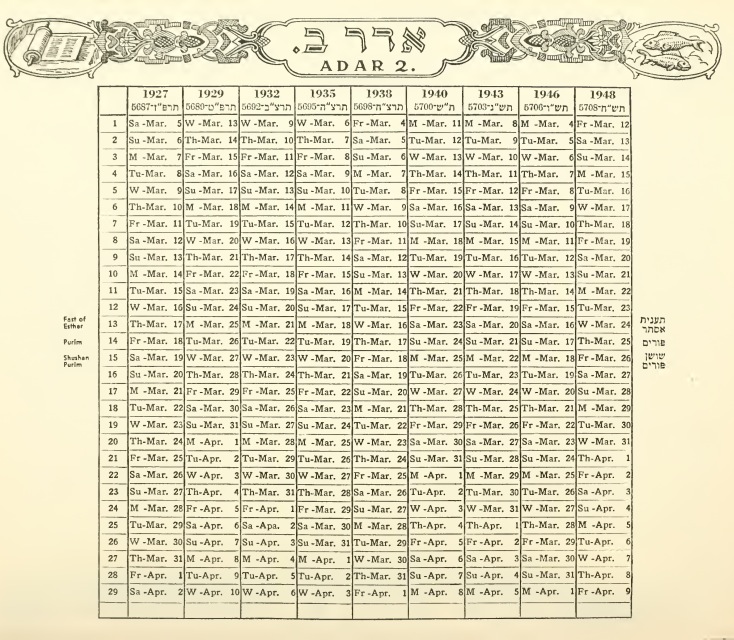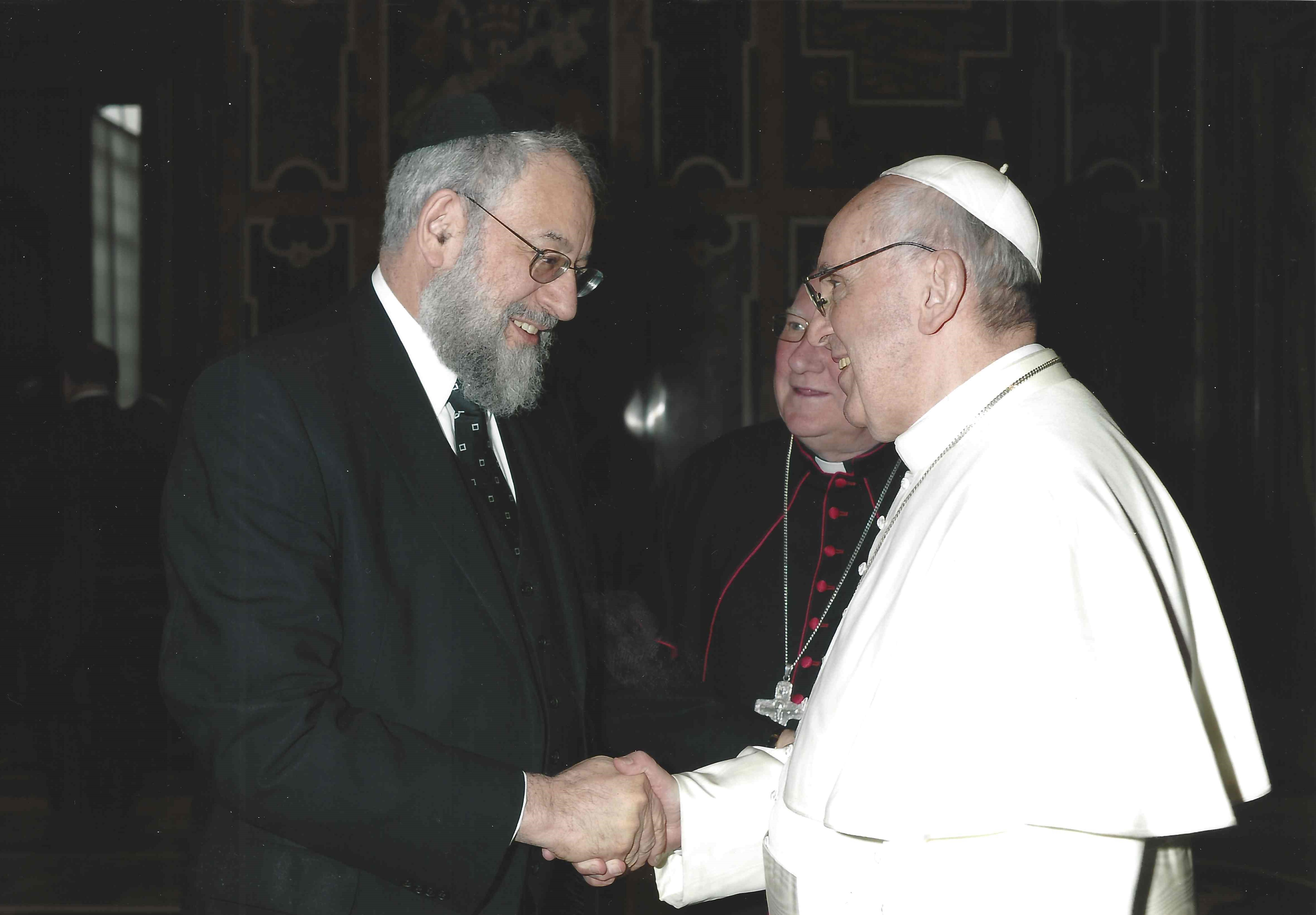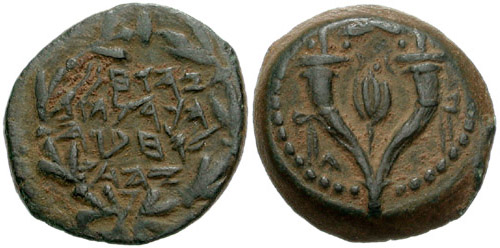|
Qumran Calendrical Texts
There are about twenty different texts from Qumran which deal with a 364-day solar calendar. They are mainly very fragmentary, so the calendar is not completely understood. However, it is significantly different from the Babylonian lunar calendar which evolved into the 354-day Hebrew calendar as known today. The scrolls calendar divided the year into four quarters and recorded the feast days of the community. Feasts were fixed to the solar year and so occurred on different days from those indicated in the Babylonian-based calendar. Many of the texts are rosters of weekly shifts or courses of temple service for the twenty-four priestly families, known as ''Mishmarot''. Structure The year is made up of twelve months, grouped in quarters. Each quarter contains three months; two of 30 days and one of 31 days, i.e. 91 days or 13 weeks, each quarter. The following table shows a quarter of the year. (The day names are provided only to facilitate understanding. Other than the weekly Sabb ... [...More Info...] [...Related Items...] OR: [Wikipedia] [Google] [Baidu] |
Qumran
Qumran ( he, קומראן; ar, خربة قمران ') is an archaeological site in the West Bank managed by Israel's Qumran National Park. It is located on a dry marl plateau about from the northwestern shore of the Dead Sea, near the Israeli settlement and kibbutz of Kalya. The Hellenistic period settlement was constructed during the reign of Hasmonean leader John Hyrcanus () or somewhat later. Qumran was inhabited by a Jewish community of the late Second Temple period, which most scholars identify with the mystic sect of the Essenes; however, other groups were also suggested. It was occupied most of the time until and was destroyed by the Romans during the First Jewish-Roman War, possibly as late as 73 CE. It was later used by Jewish rebels during the Bar Kokhba Revolt. Today, the Qumran site is best known as the settlement nearest to the Qumran Caves where the Dead Sea Scrolls were hidden, caves in the sheer desert cliffs and beneath, in the marl terrace. The principa ... [...More Info...] [...Related Items...] OR: [Wikipedia] [Google] [Baidu] |
Solar Calendar
A solar calendar is a calendar whose dates indicate the season or almost equivalently the apparent position of the Sun relative to the stars. The Gregorian calendar, widely accepted as a standard in the world, is an example of a solar calendar. The main other type of calendar is a lunar calendar, whose months correspond to cycles of Moon phases. The months of the Gregorian calendar do not correspond to cycles of the Moon phase. The Egyptians appear to have been the first to develop a solar calendar, using as a fixed point the annual sunrise reappearance of the Dog Star—Sirius, or Sothis—in the eastern sky, which coincided with the annual flooding of the Nile River. They constructed a calendar of 365 days, consisting of 12 months of 30 days each, with 5 days added at the year’s end. The Egyptians’ failure to account for the extra fraction of a day, however, caused their calendar to drift gradually into error. Examples The oldest solar calendars include the Julian calendar a ... [...More Info...] [...Related Items...] OR: [Wikipedia] [Google] [Baidu] |
Hebrew Calendar
The Hebrew calendar ( he, הַלּוּחַ הָעִבְרִי, translit=HaLuah HaIvri), also called the Jewish calendar, is a lunisolar calendar used today for Jewish religious observance, and as an official calendar of the state of Israel. It determines the dates for Jewish holidays and the appropriate Torah reading, public reading of Weekly Torah portion, Torah portions, ''yahrzeits'' (dates to commemorate the death of a relative), and daily Psalm readings, among many ceremonial uses. In Israel, it is used for religious purposes, provides a time frame for agriculture, and is an official calendar for civil holidays, alongside the Gregorian calendar. The present Hebrew calendar is the result of a process of development, including a Babylonian calendar, Babylonian influence. Until the Tannaitic period (approximately 10–220 Common Era, CE), the calendar employed a new lunar phase, crescent moon, with an Intercalation (timekeeping), additional month normally added every two or ... [...More Info...] [...Related Items...] OR: [Wikipedia] [Google] [Baidu] |
Priestly Divisions
The priestly divisions or sacerdotal courses ( he, מִשְׁמָר ''mishmar'') are the groups into which Jewish priests were divided for the purposes of their service in the Temple in Jerusalem. The 24 priestly divisions are first listed in the Biblical Book of Chronicles chapter 24, though according to Maimonides, the separation of priests into divisions was earlier commanded in . Role in the Temple The Book of Chronicles refers to these priests as "descendants of Aaron." In the biblical traditions upon which the Chronicler drew, Aaron had four sons: Nadab, Abihu, Eleazar and Ithamar. However, Nadab and Abihu died before Aaron and only Eleazar and Ithamar had sons. In Chronicles, one priest, Zadok, from Eleazar's descendants and another priest, Ahimelech, from Ithamar's descendants, were designated by King David to help create the various priestly work groups. Sixteen of Eleazar's descendants were selected to head priestly orders, while only eight of Ithamar's descendants ... [...More Info...] [...Related Items...] OR: [Wikipedia] [Google] [Baidu] |
Lawrence Schiffman
Lawrence Harvey Schiffman (born 1948) is a professor at New York University (as of 2014); he was formerly Vice-Provost of Undergraduate Education at Yeshiva University and Professor of Jewish Studies (from early 2011 to 2014). He had previously been Chair of New York University's Skirball Department of Hebrew and Judaic Studies and served as the Ethel and Irvin A. Edelman Professor in Hebrew and Judaic Studies at New York University (NYU). He is currently the Judge Abraham Lieberman Professor of Hebrew and Judaic Studies at New York University and Director of the Global Institute for Advanced Research in Jewish Studies. He is a specialist in the Dead Sea Scrolls, Judaism in Late Antiquity, the history of Jewish law, and Talmudic literature. Education Schiffman was a graduate of Great Neck North High School. He received his BA, MA, and PhD degrees from the Department of Near Eastern and Judaic Studies at Brandeis University. His senior thesis was devoted to the use of Psalms in ... [...More Info...] [...Related Items...] OR: [Wikipedia] [Google] [Baidu] |
Intercalation (timekeeping)
Intercalation or embolism in timekeeping is the insertion of a leap day, week, or month into some calendar years to make the calendar follow the seasons or moon phases. Lunisolar calendars may require intercalations of both days and months. Solar calendars The solar or tropical year does not have a whole number of days (it is about 365.24 days), but a calendar year must have a whole number of days. The most common way to reconcile the two is to vary the number of days in the calendar year. In solar calendars, this is done by adding to a common year of 365 days, an extra day ("leap day" or "intercalary day") about every four years, causing a leap year to have 366 days ( Julian, Gregorian and Indian national calendars). The Decree of Canopus, which was issued by the pharaoh Ptolemy III Euergetes of Ancient Egypt in 239 BCE, decreed a solar leap day system; an Egyptian leap year was not adopted until 25 BC, when the Roman Emperor Augustus successfully instituted a reformed A ... [...More Info...] [...Related Items...] OR: [Wikipedia] [Google] [Baidu] |
Priestly Divisions
The priestly divisions or sacerdotal courses ( he, מִשְׁמָר ''mishmar'') are the groups into which Jewish priests were divided for the purposes of their service in the Temple in Jerusalem. The 24 priestly divisions are first listed in the Biblical Book of Chronicles chapter 24, though according to Maimonides, the separation of priests into divisions was earlier commanded in . Role in the Temple The Book of Chronicles refers to these priests as "descendants of Aaron." In the biblical traditions upon which the Chronicler drew, Aaron had four sons: Nadab, Abihu, Eleazar and Ithamar. However, Nadab and Abihu died before Aaron and only Eleazar and Ithamar had sons. In Chronicles, one priest, Zadok, from Eleazar's descendants and another priest, Ahimelech, from Ithamar's descendants, were designated by King David to help create the various priestly work groups. Sixteen of Eleazar's descendants were selected to head priestly orders, while only eight of Ithamar's descendants ... [...More Info...] [...Related Items...] OR: [Wikipedia] [Google] [Baidu] |
John Hyrcanus
John Hyrcanus (; ''Yōḥānān Hurqanōs''; grc, Ἰωάννης Ὑρκανός, Iōánnēs Hurkanós) was a Hasmonean ( Maccabean) leader and Jewish high priest of the 2nd century BCE (born 164 BCE, reigned from 134 BCE until his death in 104 BCE). In rabbinic literature he is often referred to as ''Yoḥanan Cohen Gadol'' (), "John the High Priest". Name Josephus explains in ''The Jewish War'' that John was also known as "Hyrcanus", but does not explain the reason behind this name. The only other primary source, the Books of the Maccabees, never used this name with respect to John. The single occurrence of the name ''Hyrcanus'' in 2 Maccabees 3:11 refers to a man to whom some of the money in the Temple belonged during the c. 178 BCE visit of Heliodorus. The reason for the name is disputed amongst biblical scholars, with a variety of reasons proposed: * Familial origin in the region of Hyrcania on the Caspian Sea * A Greek regnal name, which would have represented closer ... [...More Info...] [...Related Items...] OR: [Wikipedia] [Google] [Baidu] |
Salome Alexandra
Salome Alexandra, or Shlomtzion ( grc-gre, Σαλώμη Ἀλεξάνδρα; he, , ''Šəlōmṣīyyōn''; 141–67 BCE), was one of three women to rule over Judea, the other two being Athaliah and Devora. The wife of Aristobulus I, and afterward of Alexander Jannaeus, she was the last regnant queen of Judea, and the last ruler of Judea to die as the sovereign of an independent kingdom. Family Salome Alexandra's personal genealogy is not given by Josephus, nor does it appear in any of the books of Maccabees. Rabbinical sources designate the rabbi, Simeon ben Shetah, as her brother, making her the daughter of Shetah as well. Salome Alexandra's oldest son by Alexander Jannaeus was Hyrcanus II who fought his younger brother Aristobulus II in 73 BCE over the Jewish High Priesthood. Hyrcanus II was eventually successful after enlisting the help of the Nabataean king, Aretas III; bribing Roman officials, including Scaurus; and gaining the favour of Pompey the Great, who defeate ... [...More Info...] [...Related Items...] OR: [Wikipedia] [Google] [Baidu] |
Hyrcanus II
John Hyrcanus II (, ''Yohanan Hurqanos'') (died 30 BCE), a member of the Hasmonean dynasty, was for a long time the Jewish High Priest in the 1st century BCE. He was also briefly King of Judea 67–66 BCE and then the ethnarch (ruler) of Judea, probably over the period 47–40 BCE. Accession Hyrcanus was the eldest son of Alexander Jannaeus, King and High Priest, and Alexandra Salome. After the death of Alexander in 76 BCE, his widow succeeded to the rule of Judea and installed her elder son Hyrcanus as High Priest. Alexander had numerous conflicts with the Pharisees. However Hyrcanus was supported by the Pharisees, especially later in his tenure. When Salome died in 67 BCE, she named Hyrcanus as her successor as ruler of Judea as well, but soon he and his younger brother, Aristobulus II, dissented over the right to the throne. Deposition Hyrcanus had scarcely reigned three months when Aristobulus II rose in rebellion. Hyrcanus advanced against him at the head of hi ... [...More Info...] [...Related Items...] OR: [Wikipedia] [Google] [Baidu] |
Aristobulus II
Aristobulus II (, grc, Ἀριστόβουλος ''Aristóboulos'') was the Jewish High Priest and King of Judea, 66 BCE to 63 BCE, from the Hasmonean dynasty. Family Aristobulus was the younger son of Alexander Jannaeus, King and High Priest, and Salome Alexandra. After the death of Alexander in 76 BCE, his widow succeeded to the rule of Judea and installed her elder son Hyrcanus II as High Priest in 73 BCE. When Salome died in 67 BCE, Hyrcanus succeeded to the kingship as well. Aristobulus shared his late father's views on religion and politics. He entertained designs upon the throne, even during the life of his mother. He courted the nobles and military party by constituting himself the patron of the Sadducees and bringing their cause before the queen. The many fortresses which the queen placed at the disposal of the Sadducees, ostensibly for their defense against the Pharisees, constituted in reality one of the preparatory moves of Aristobulus for the usurpation of the go ... [...More Info...] [...Related Items...] OR: [Wikipedia] [Google] [Baidu] |
Marcus Aemilius Scaurus (praetor 56 BC)
Marcus Aemilius Scaurus (born 92 BC; until 52 BC) was a Roman politician of the 1st century BC and son of Marcus Aemilius Scaurus and Caecilia Metella. Initially a supporter of Pompey, Scaurus fought under his command during the Third Mithridatic War, and later governed Syria. Ascending the ''cursus honorum'', he threw magnificent games while curule aedile and later served as praetor. Receiving as his province Sardinia, he was charged with extortion on his return to Rome but was successfully defended by many eminent senators. His bid for the consulship of 53 BC was unsuccessful; in 52 BC he was convicted of bribery during those elections and went into exile. His fall was perhaps due to his marriage with Mucia, a former wife of Pompey, with whom he fell out of favour as a result. Biography Scaurus belonged to the important patrician gens Aemilia; he was the son of his homonymous father and Caecilia Metella. His famous father had served in the consulship ... [...More Info...] [...Related Items...] OR: [Wikipedia] [Google] [Baidu] |



